There are many types of concrete slabs including slabonground, suspended slab and precast slab Slabonground is the most common type of slab and two common subtypes are conventional slabs and waffle pod slabs Both may benefit from slab edge insulation Concrete Slab Cost In Melbourne The cost of the concrete slab in Melbourne depends onGrade slabs are framed in areas where the ground doesn't freeze This type of slabs may or may not have reinforcement in it The decision of inserting reinforcement is based upon the floor loads and local building codes The thickness of Grade Slab isAlso asked, what is a suspended ground floor?
Building Guidelines Concrete Floors Slabs
Suspended ground floor slab details
Suspended ground floor slab details-Reinforced concrete slab &Typical cantilever detail – 1 Flood Super Wideslab®




Hollowcore Floors Concrete Products Bison Precast Flooring
Floor slab Designing Buildings Wiki Share your construction industry knowledge The term 'floor slab' usually refers to a floor that has been formed using concrete (and generally steel reinforcement) and may form part of the structure of a building It may form the floor of a basement, at ground level or at upper levels It will be typically reinforced, either by rebar or, the structural CUPOLEX ®Insitu suspended ground floor slab;
Ground Floor Insulation above slab Detail applicable Groundbearing floor;Accessory to provide a structure capable of spanning between stem walls or pilesComposite floor systems In the final state the ribs in the decking serve as void formers in the slab, thereby reducing the weight of floor construction with the knockon benefits this can have It is also possible to suspend services from the soffit of a composite slab, using anchors that are designed to slot into the decking profile
Suspended concrete floor This construction is similar to the timber floor above, but uses either precast concrete planks or small precast concrete beams with concrete blocks laid between the beams They can normally span greater distances than timber joistsSimply, a floor slab functions to distribute without deformation or cracking, the loads applied to it to the weaker subgrade below, in the case of a ground bearing slab, or to the piles supporting it if designed as a suspended ground slab, and to provide a suitable wearing surface upon which the operations in the facility may be carried out efficiently and safelySuspended slabs construction A concrete slab is a very important structural element of your house and provides a flat, usable service to build on A suspended slab is a slab that has at least two of its opposite edges supported by walls, beams or columns and are not in direct contact with the ground
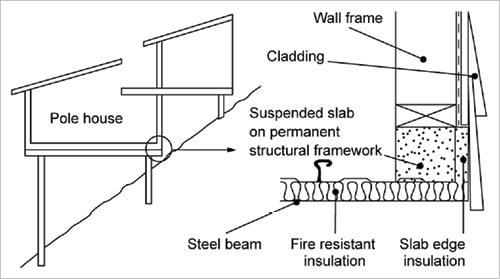



Concrete Slab Floors Yourhome




Eurima Suspended Concrete Floors
Studies of the site, carried out in accordance with Chapter 41 'Land quality managing ground conditions' should be taken into account in the design of substructure Where the depth of infill exceeds 600mm, the floor must be designed as a suspended floor, as described in Chapter 52 'Suspended ground floors' (Design) Loadbearing partitions should not be supported offThe BRE report 'Thermal insulation avoiding risks' discusses aspects of insulation relevant to suspended ground floors In England and Wales account should be taken of Accredited Details Items to be taken into account include (a) insulation above floor slabConcrete slab Suspended slab formwork and rebar in place, ready for concrete pour A concrete slab is a common structural element of modern buildings, consisting of a flat, horizontal surface made of cast concrete Steel reinforced slabs, typically between 100 and 500 mm thick, are most often used to construct floors and ceilings, while



Suspended Timber Floor Construction Studies Q1




Prestressed Concrete Beam And Block Floors Design Construction Installation Suspended Floors
Answer (1 of 4) Due to possibility of movement in the ground surface make sure you use steel reinforcement mesh even though it is not suspended and use a waterproof membrane such as heavy unbroken plastic to stop water penetrating the underside of the slab Try to slope the ground away from theDetail number Scheme type Government Accredited Details Country Scotland Product name 9 Suspended ground floor slab insulation below slab Developer product reference 9 Junction type Wallground floor junction Junction sub type Solid floor External wall type Masonry Wall Uvalue (W/m 2 K) 017For most situations where internal floor areas are greater than 600mm below external ground level, additional protection may be required Therefore, these drawings are for general guidance only, and further advice should be sought when necessary from our Technical team Phone 9440 or Email technical@riwcouk




Suspended Floors All You Need To Know Thermohouse
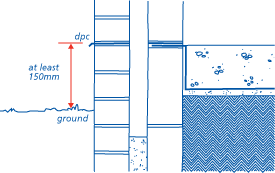



Nhbc Standards 11
For design of slabsonground, with the exception of highway and airport pavements, parking lots, and mat foundations 122 ACI Committee 302develops recommendations for construction of slabonground and suspendedslab floors for industrial, commercial, and institutional buildings ACI 3021R provides guidelines and recommendations onTypical end bearing detail slimfloor beam – 1 Flood Super Wideslab®The ground floor is made up of suspended concrete slab or beam and block floor, supported by the external and internal load bearing walls, which transfer the loads to the foundations below Both precast concrete planks or slabs can be used, as well as cast in situ reinforced slabs along with beam and block systems



Building Guidelines Concrete Floors Slabs




Underfloor Insulation Knauf Insulation
Suspended Ground Floor Slabs For situations where the ground is unsuitable for the support of the ground floor slab or where the slope of the site411 Ground bearing floor slab insulation below slab Wallground floor junction Scottish Building Standards Steel frame 017 013 E5 0073 093 412 Timber suspended floor Wallground floor junction Scottish Building Standards Steel frame 017 013 E5 0077 0 416 Ground floor (timber) / separating wallHeat Loss through an Insulated Slab Windows 33% Roof/Ceiling 8% Slab 15% 6 Doors 5% Walls 39% Insulation and Fenestration Criteria Table Insulation and Fenestration Requirements by Componenta CLIMATE ZONE FENESTRATION UFACTORb SKYLIGHTb UFACTOR GLAZED FENESTRATIONb,e SHGC CEILING RVALUE WOOD FRAME WALL RVALUE MASS WALL R




Government Accredited Details Bre Group
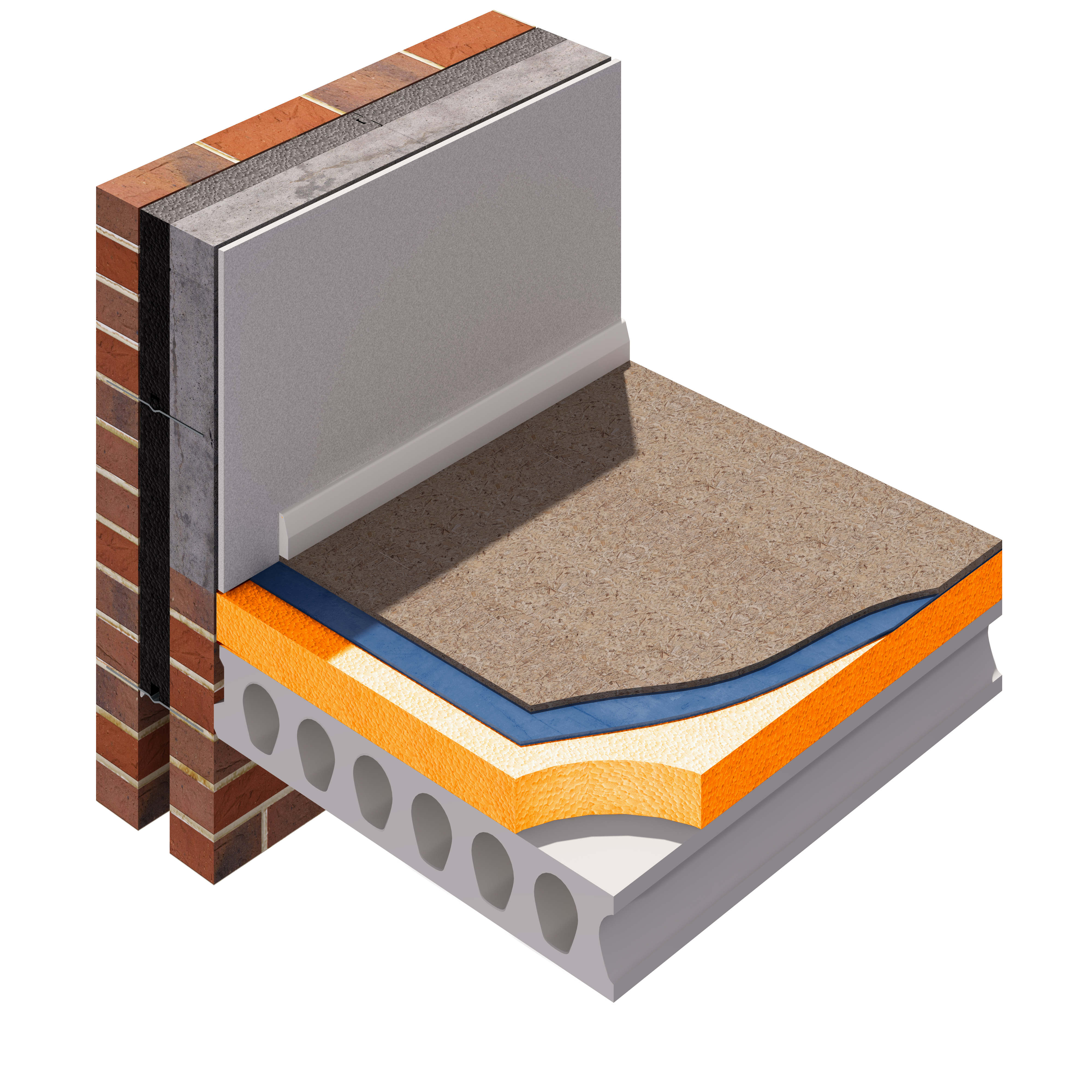



Insulation For Ground Floors Designing Buildings Wiki
We have a wide range of floor insulation boards, including solid ground floor insulation, suspended floor insulation and soffit insulation We also have insulation boards suitable for more specialist flooring applications, for example heavy duty floor insulation and insulation for cellar and basement floorsFloor slab can be fully suspended on reinforced concrete piles Additional reinforced internal ribs are used in the slab by Additional reinforced internal ribs are used in the slab by introducing PONTEX ®Precast suspended ground floor Insulation above slab, with timber floor finish Keep cavities clean of mortar snots and other debris during construction DETAIL 101b, 11 Ensure block with a maximum




Suspended Floors All You Need To Know Thermohouse
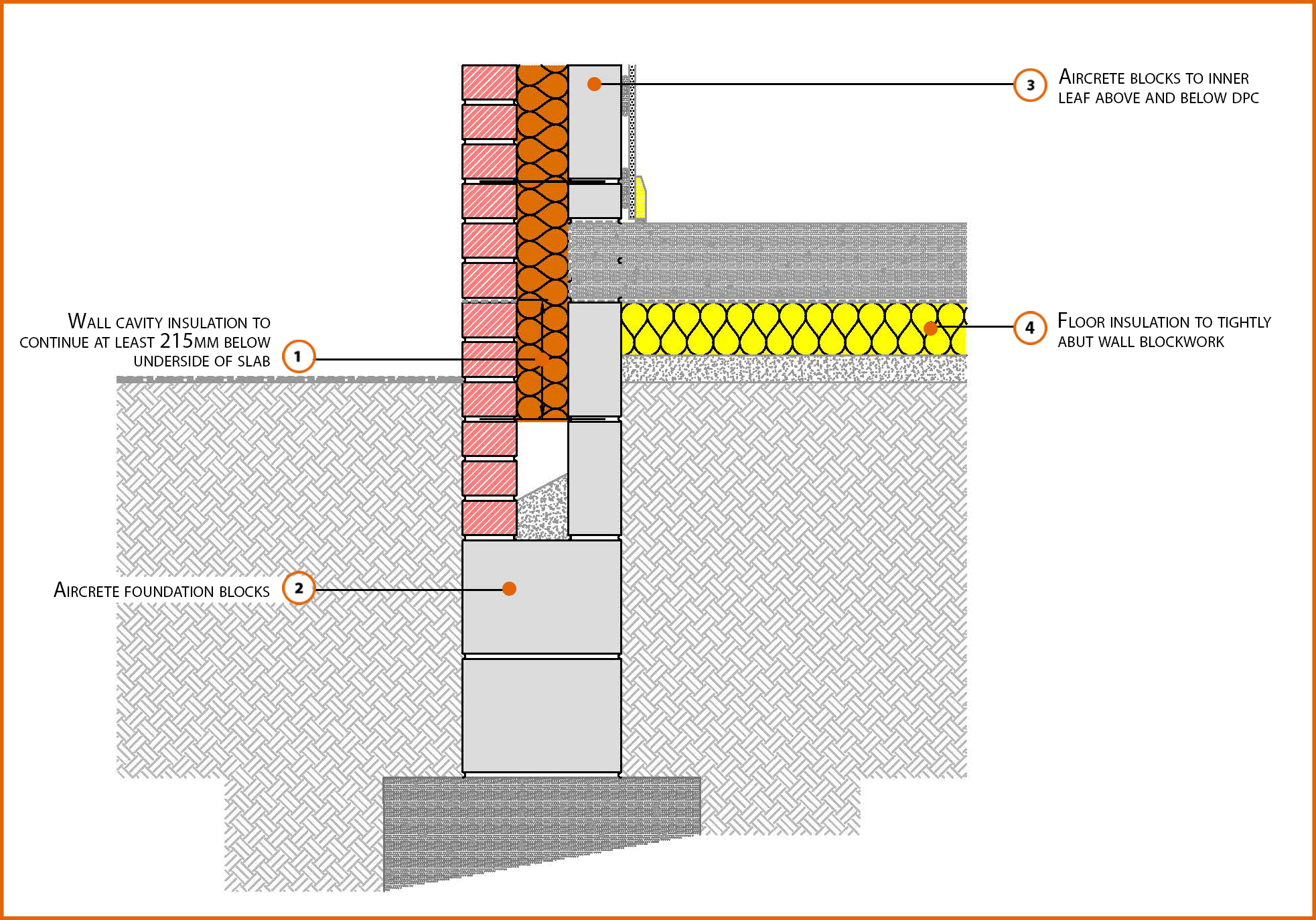



E5mcff30 Suspended In Situ Concrete Floor Insulation Below Slab Labc
Guidance Diagram 10 Typical section through a suspended reinforced insitu concrete ground floor slab supported on internal walls Suspended beam and block ground floors Guidance Diagram 11 Typical section through a suspended beam and block ground floor Guidance Table 6 Examples of insulation for suspended beam and block ground floorsThis chapter gives guidance on meeting the Technical Requirements for suspended ground floors including those constructed from insitu concrete precast concrete timber joists 521 Compliance 522 Provision of information 523 ContaminantsA thermal break to the perimeter of the floor slab, between the slab edge and the foundation, greatly increases Rvalue In older details a timber strip was used, but BRANZ Bulletin 576 Edge insulation of concrete floor slabs shows a new detail that incorporates a 10 mm thick strip of XPS with an Rvalue of R025 The reason for the change is




Builder S Engineer Suspended Ground Floor Slabs
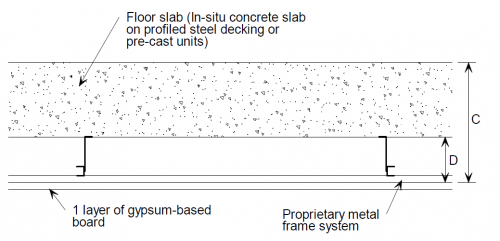



Acoustic Performance Of Floors Steelconstruction Info
A suspended floor is a ground floor with a void underneath the structure The floor can be formed in various ways, using timber joists, precast concrete panels, block and beam system or cast insitu with reinforced concrete However, the floor structure is supported by external and internal walls Supports underneath the floor are permanent and include sleeperSuspended slabs are made of concrete and steel mesh, the same as a ground slab They are normally prefabricated offsite, and transported by truck Some slabs have hollow channels running through them these 'hollow core slabs' are used to help reduce weight, and also to allow cabling and piping to be run through the slabKORE Floor Insulation is a super versatile insulation prod uct Typical applications for the product include floor insulation for use below a concrete floor slab, below a concrete based screed on a concrete slab with a hardcore base, above a suspended beam and dense block floor and between the joists of a suspended timber floor KORE




Solid Ground Floor Wikipedia



Avoiding Thermal Bridging At The Wall To Floor Junction
DETAIL 403, 11 Timber Suspended Ground Floor If installing compressible insulation, ensure full insulation depth between joists Ensure insulation is in contact with underside of timber flooring Seal all penetrations through air barrier using a flexible sealant or tape Seal between wall and floor air barrier, OR seal gap between skirting board and floor with a flexible sealant Seal joints in timberRE Constructing a slab over shrinkable clay countervail (Structural) 16 The voids for suspended slabs can be up to 150mm to avoid movement so you could be looking at heave movement of this order if you go for a ground bearing option This obviously depends on the state of dessication in the soil (have you got trees etc), if youSuspended Timber Ground Floors consist of the finished timber floorboards being attached to floor joists, which are suspended above the subfloor of the foundation These floor joists are raised above the subfloor on small supporting walls called tassel walls (or sleeper walls) A wallplate is then attached to the top of the tassel walls, on




Concrete Vs Timber Floors
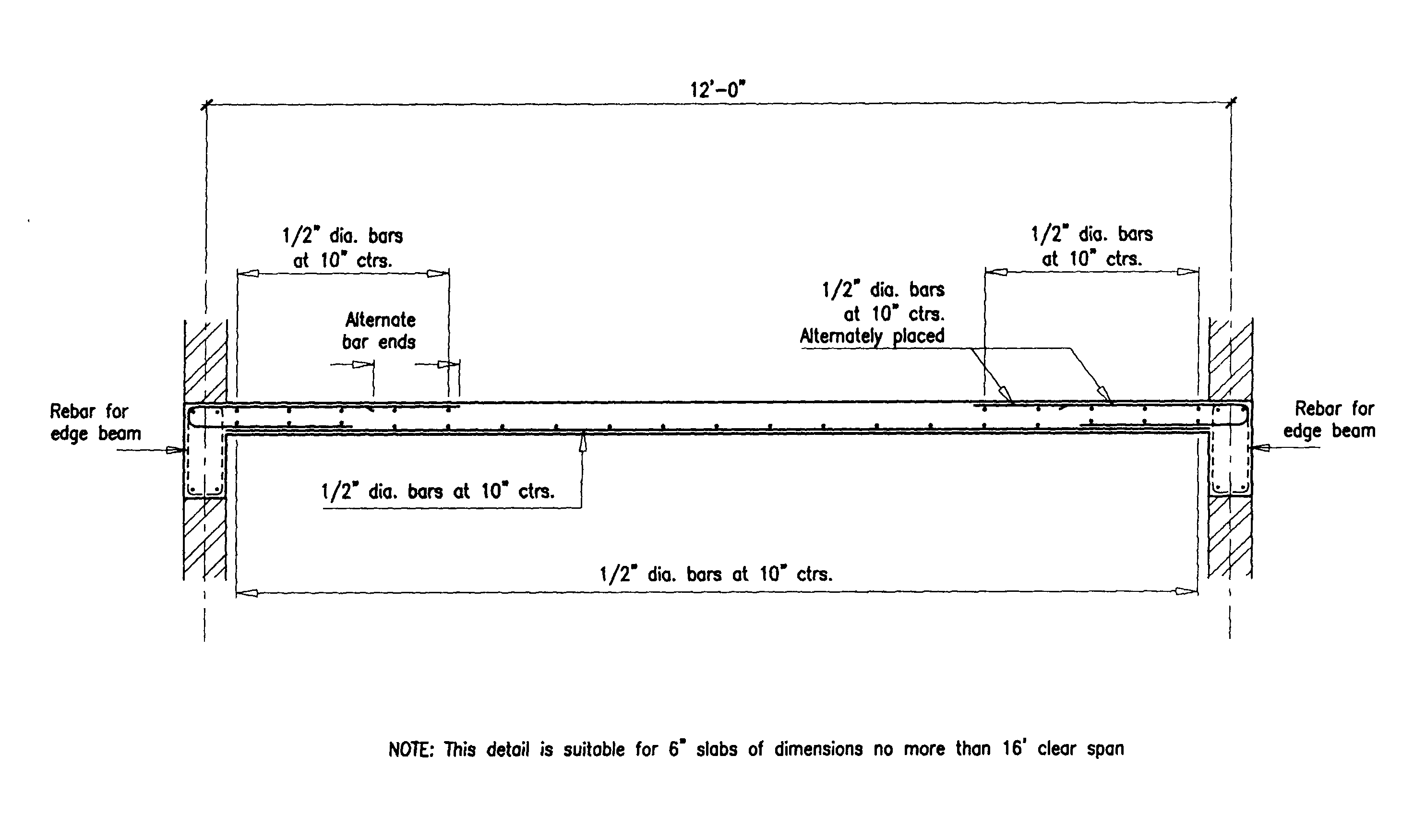



Building Guidelines Drawings Section B Concrete Construction
Typical side bearing detail – 1 Flood Super Wideslab®CAD Details Floors Ground floor – Insulation below floor slab Typical wall – floor junctionGround floor – Insulation above floor slab Typical wall – floor junctionGround floor – Underfloor heating Typical wall – floor junctionSeparating floor – Underfloor heating Concrete floor with underfloor heatingGround floor – Suspended concrete floor TypicalPile grids are normally in the range 3 x 3m to 5 x 5m, depending on the pile capacities and the intensity of loading It is assumed that the ground gives no support but simply acts as in situ formwork for the floor slab The design is the same as for suspended floors, using the approaches in BS 8110, now withdrawn and superceded by Eurocode 2



1
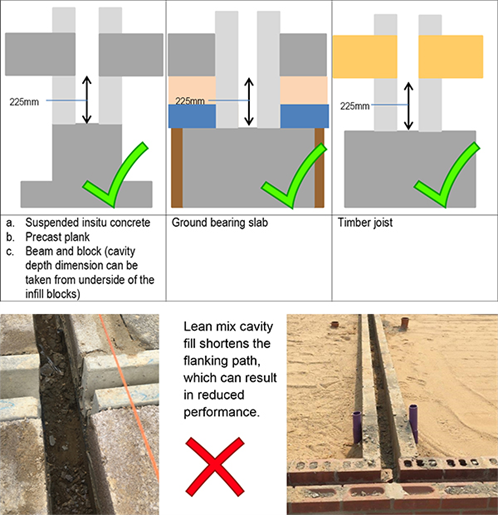



Top Tip Good Sound Footing
Thickness of the slab is decided based on span to depth ratio specified in IS Minimum reinforcement is 012% for HYSD bars and 015% for mild steel bars The diameter of bar generally used in slabs are 6 mm, 8 mm, 10 mm, 12mm and 16mm The maximum diameter of bar used in slab should not exceed 1/8 of the total thickness of slabDate of publication Build Up External Masonry Cavity Wall Masonry Outer Leaf (λ = 077) 100mm Aircrete Block Inner Leaf (λ = 011 W/mK) Partial Fill Insulation In Situ Ground Bearing Concrete Floor 150mm Insulation Below Slab (0022W/mK) View DetailsCast insitu suspended concrete floor reinforcing cover and support Standard of fabric reinforcing Reinforcing fabric should be free from loose rust, oil, grease, mud and any other contaminants that may affect the durability of the concrete Reinforcing fabric
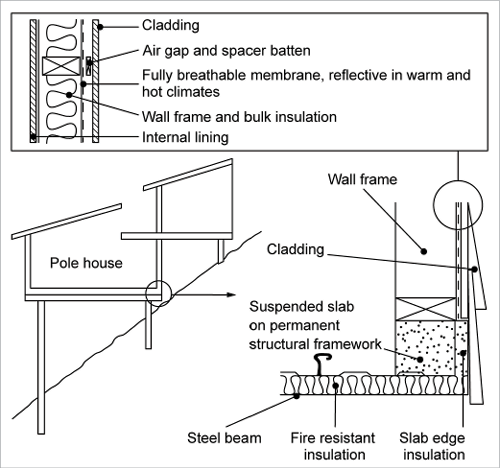



Concrete Slab Floors Yourhome
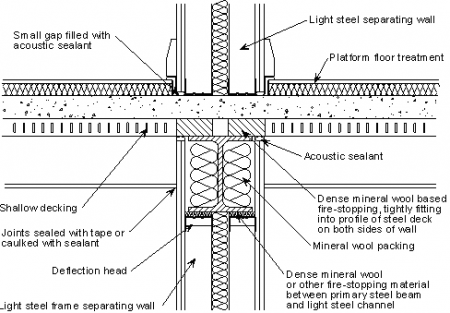



Floor Systems Steelconstruction Info
Suspended concrete slab is referred to a cement slab that is not in contact with the ground This type of concrete slab construction requires different concrete slab design from the one we normally see that is cast on the ground The mostSubslab details (ie vapor retarders some times referred to as vapor barriers, insulation, etc,) 11 Concrete moisture conditions and drying rate 12 Special surface finishes, including coatings 13 Adequacy of curing SubGrade and SubBase The subgrade is the ground on which the floor is built The subbase is an optional layerA suspended floor is a ground floor with a void underneath the structure The floor can be formed in various ways, using timber joists, precast concrete panels, block and beam system or cast insitu with reinforced concrete However, the floor structure is supported by external and internal walls




Build Diy Suspended Concrete Ground Floors



2
Ground Floor Beam Details (a) STR/17 DECEMBER, 17 STR/31 DECEMBER, 17 STR/32 DECEMBER, 17 STR/33 DECEMBER, 17 Third Floor Beam Layout Plan STR/34 DECEMBER, 17 First/Second/Third Floor Slab Section Details Fourth Floor Slab Layout plan Fourth Floor Slab Bottom Reinforcement plan Fourth Floor Slab Top Reinforcement planIt is also possible to construct suspended concrete floors by using a precast product, for example the popular beam and block system Whichever construction method is used, it is usual to leave concrete surfaces quite rough to provide a key for the cementsand screed Upper floor concrete slabs Workers place concrete on a precast floor slabFigure 2 Suspended timber floor with floorboards removed For most heritage properties, the most effective and appropriate way to insulate a suspended floor and improve its airtightness is to retrofit insulation beneath the floorboards, between the supporting joists (figure 2) See our detailed installation guide for more details




Hollowcore Floors Concrete Products Bison Precast Flooring




Introduction To Beam And Block Floors Construction Detailing And Selection
A suspended ground floor is one of the leading causes of heat loss within older homes But there is a way to prevent energy loss and keep out the cold Suspended floor insulation can help to ensure a room retains heat and is energy efficient Read on to find out all about our applications and everything else you need to knowTypical end bearing detail 215mm internal blockwall – 1 Flood Super Wideslab®




Concrete Slab Floor Construction Branz Renovate




Detail Post Floor Details First In Architecture



Search Q Suspended Concrete Floor Tbm Isch



Building Guidelines Concrete Floors Slabs



Suspended Ground Floor Slab Reinforcement 3d Warehouse
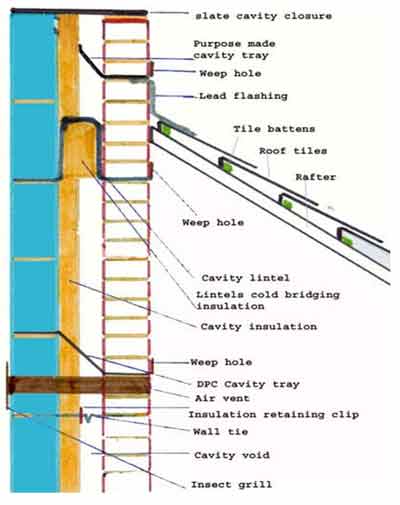



Concrete Floors And Replacing A Timber Floor With Concrete After Dry Rot Diy Doctor




Fbe 03 Building Construction Science Lecture 3 Floor




5 1 Damp Proofing Concrete Floors Nhbc Standards 21 Nhbc Standards 21
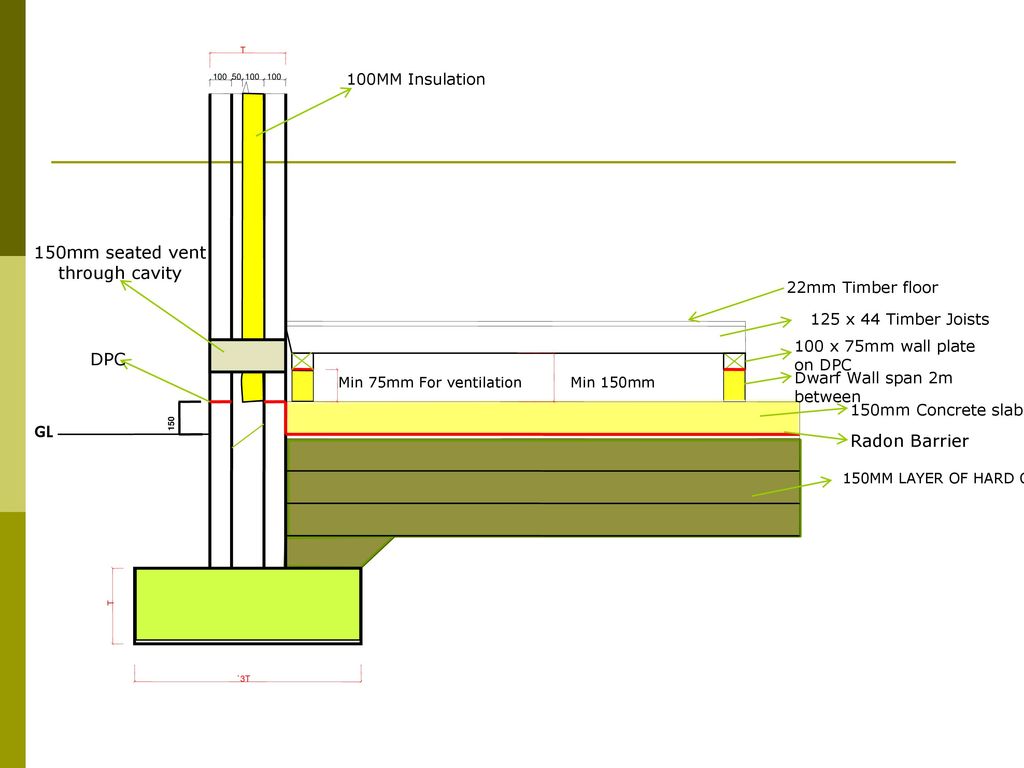



Concrete And Suspended Timber Ppt Download



1
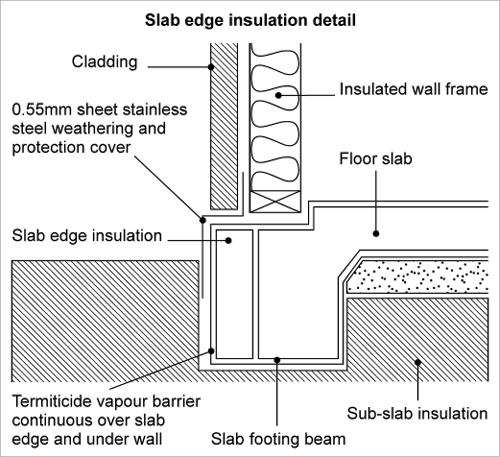



Concrete Slab Floors Yourhome
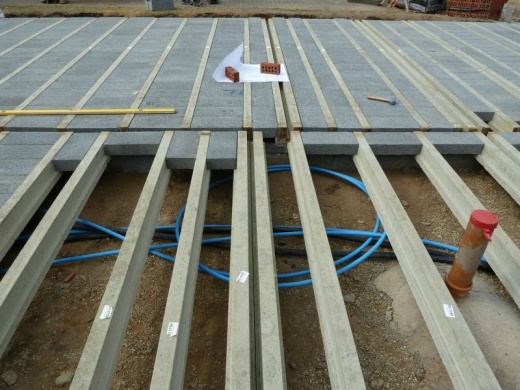



Beam And Infill Suspended Floors Designing Buildings Wiki
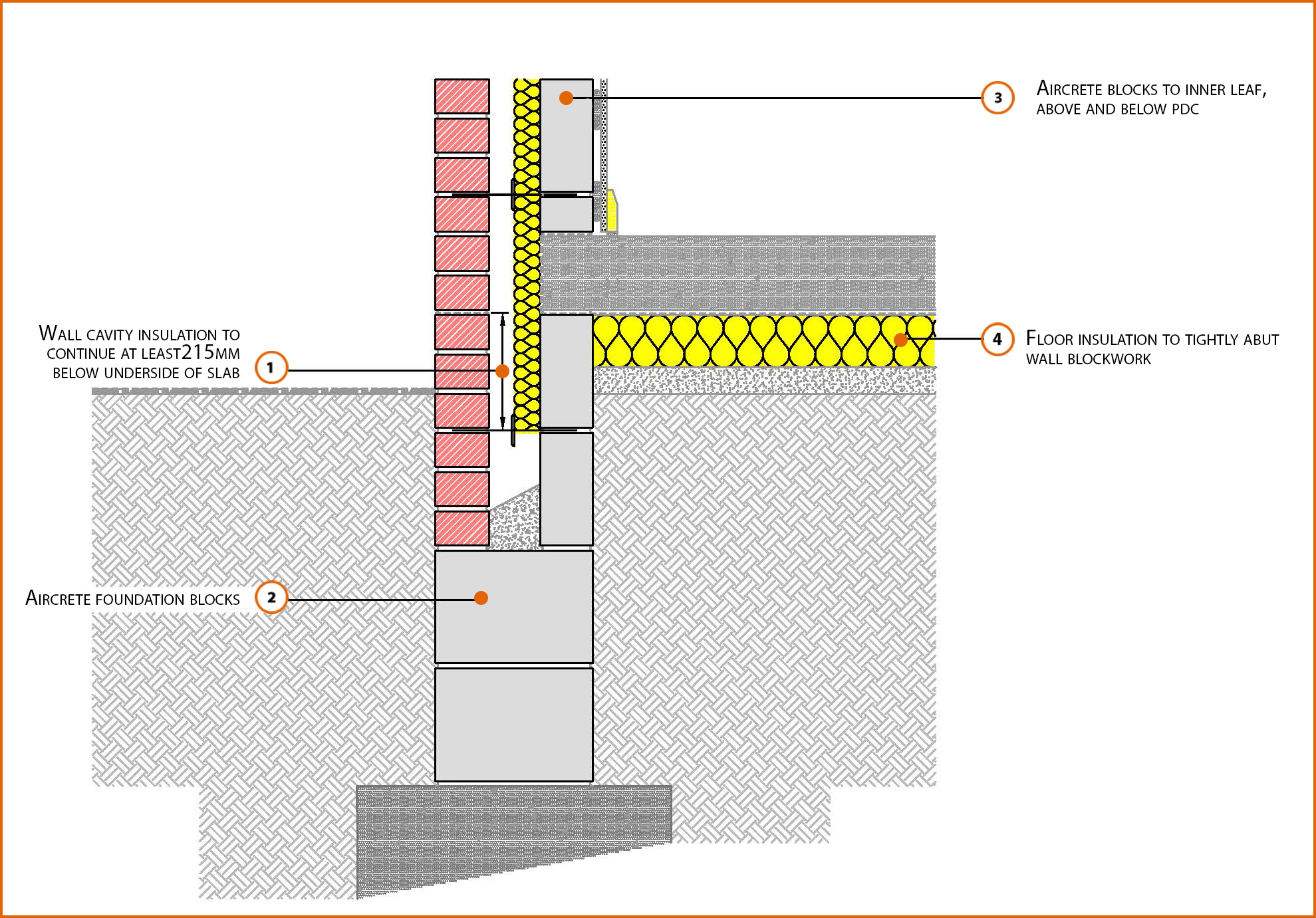



E5mcpf32 Suspended In Situ Concrete Floor Insulation Below Slab Labc



Concrete Formwork For Slabs




Floor Detail Drawings




School Of The Built Environment Construction Technology D19sc Unit 4 Substructure Design Walls Floors Basements 1 Unit 4 Substructure Design Floors Ppt Download




Concrete Slab Floor Construction Branz Renovate




6 Ground Floors Construction Studies



Floors And Ceilings
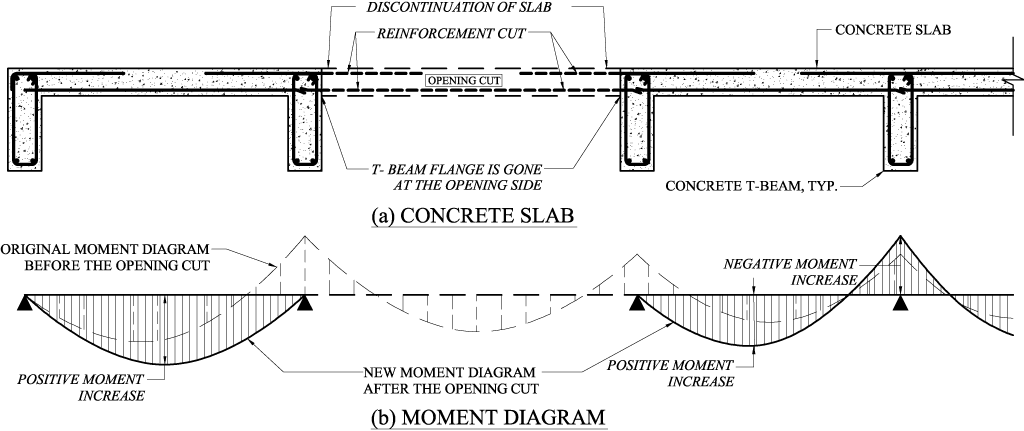



Structure Magazine Creating An Opening In Existing Floors
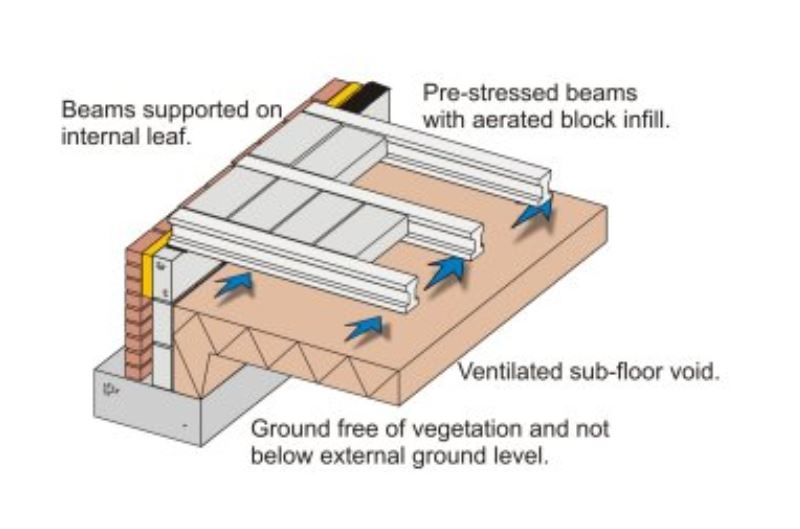



Suspended Floors All You Need To Know Thermohouse




Detail Post Floor Details First In Architecture




Hollowcore Floors Concrete Products Bison Precast Flooring




Concrete Vs Timber Floors




Floors




5 1 18 Laying The Ground Bearing Floor Slab Nhbc Standards 21 Nhbc Standards 21



2




Certified Thermal Details And Products Scheme Bre Group



Building Guidelines Concrete Floors Slabs
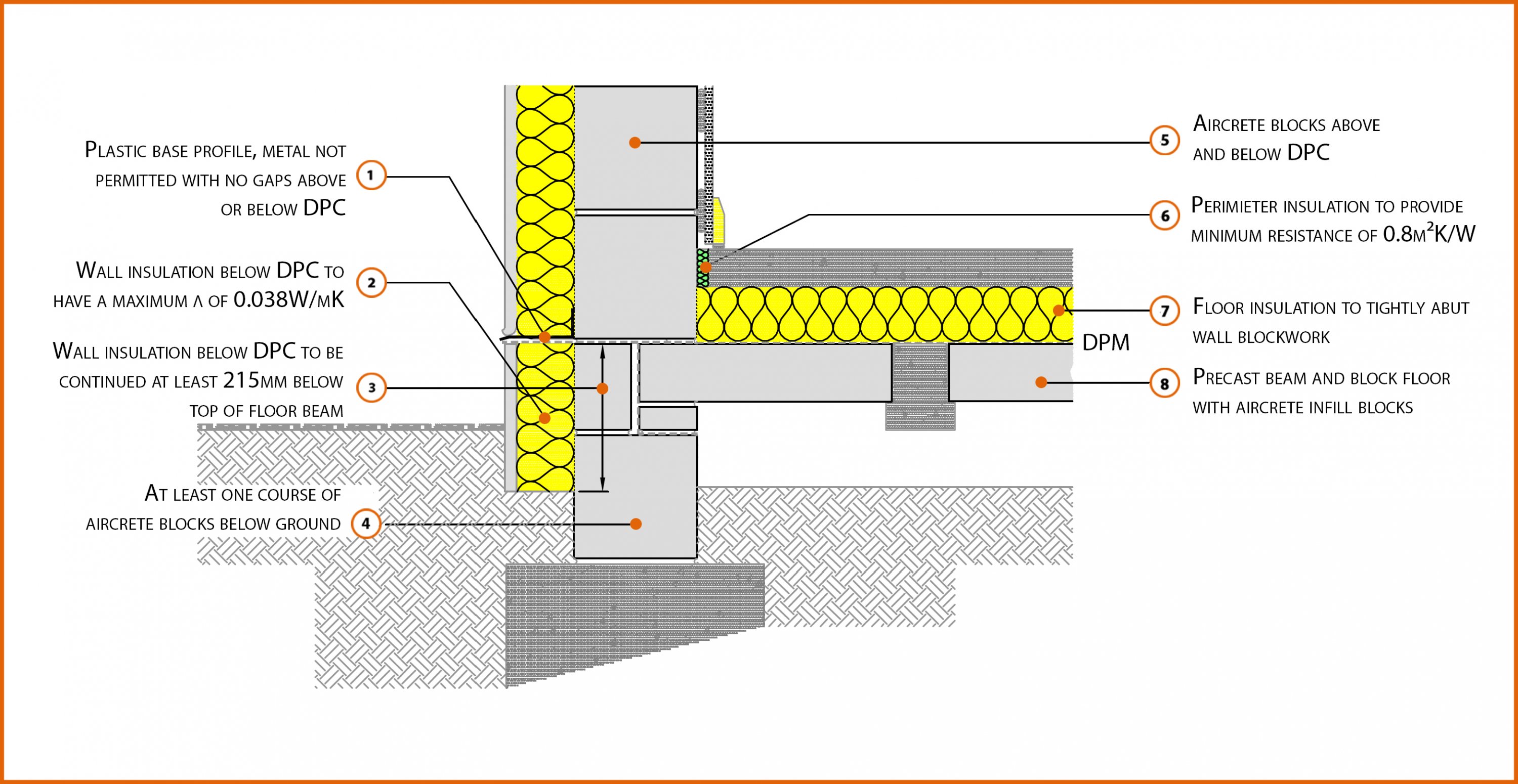



E5smew6 Suspended Beam And Block Floor Insulation Above Slab Labc




Thermoblock A Simple Solution To Thermal Bridging From Marmox




Figure B 10 Figure B 10 Alternative Floor Slab Detail The Suspended Reinforced Concrete Garage Workshop Plans Concrete Structural Drawing




Diagram Of Suspended Timber Floor With Underfloor Heating Pipes Underfloor Heating Floor Heating Systems Hydronic Radiant Floor Heating
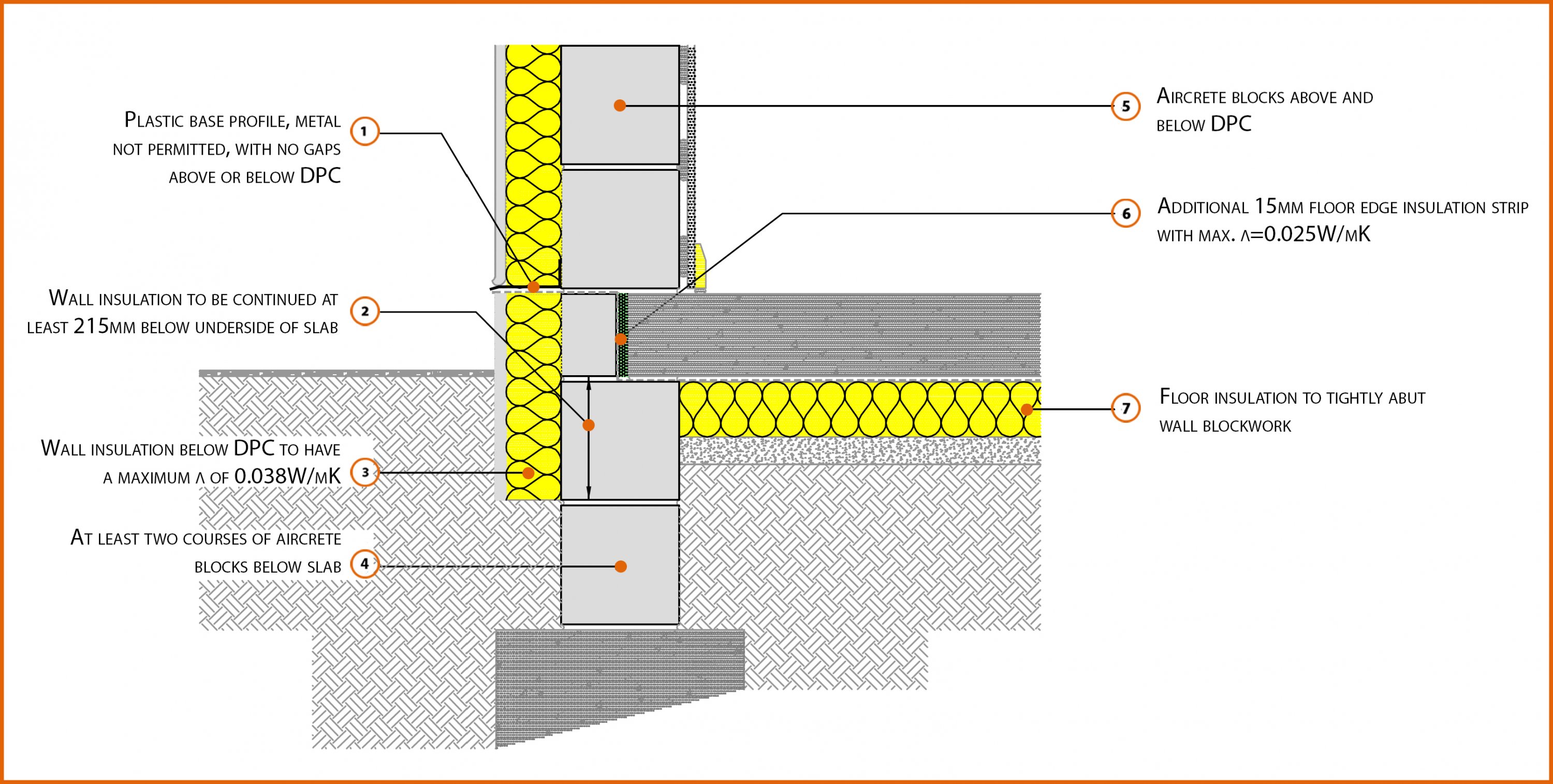



E5smew22 Suspended In Situ Concrete Floor Insulation Below Slab Labc




Suspended Floors All You Need To Know Thermohouse




Evolution Of Building Elements
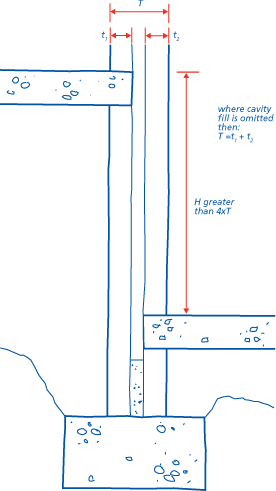



Nhbc Standards 11



1



Suspended Timber Floor Construction Studies Q1



2




6 4 7 Precast Concrete Nhbc Standards 21 Nhbc Standards 21




Detail Post Floor Details First In Architecture




Mg3 External Masonry Cavity Wall Suspended Concrete Slab Detail Library




39 Awesome Floor Insulation Over Concrete Slab Images Floor Insulation Underfloor Heating Systems Floor Heating Systems




Suspended Ground Floor Slab Reinforcement Avi Youtube
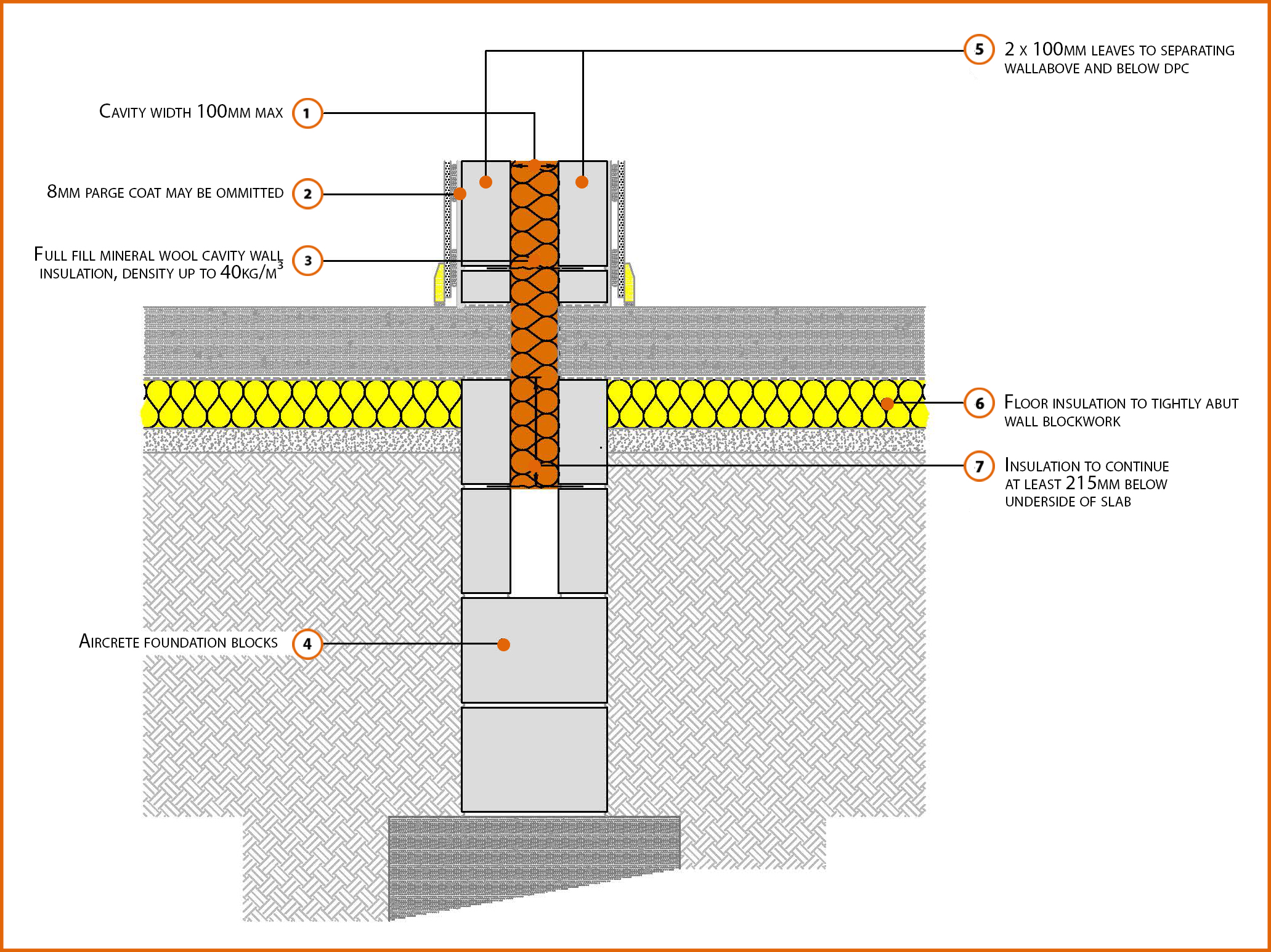



P1pcff4 Suspended Concrete Floor Insulation Below Slab Labc
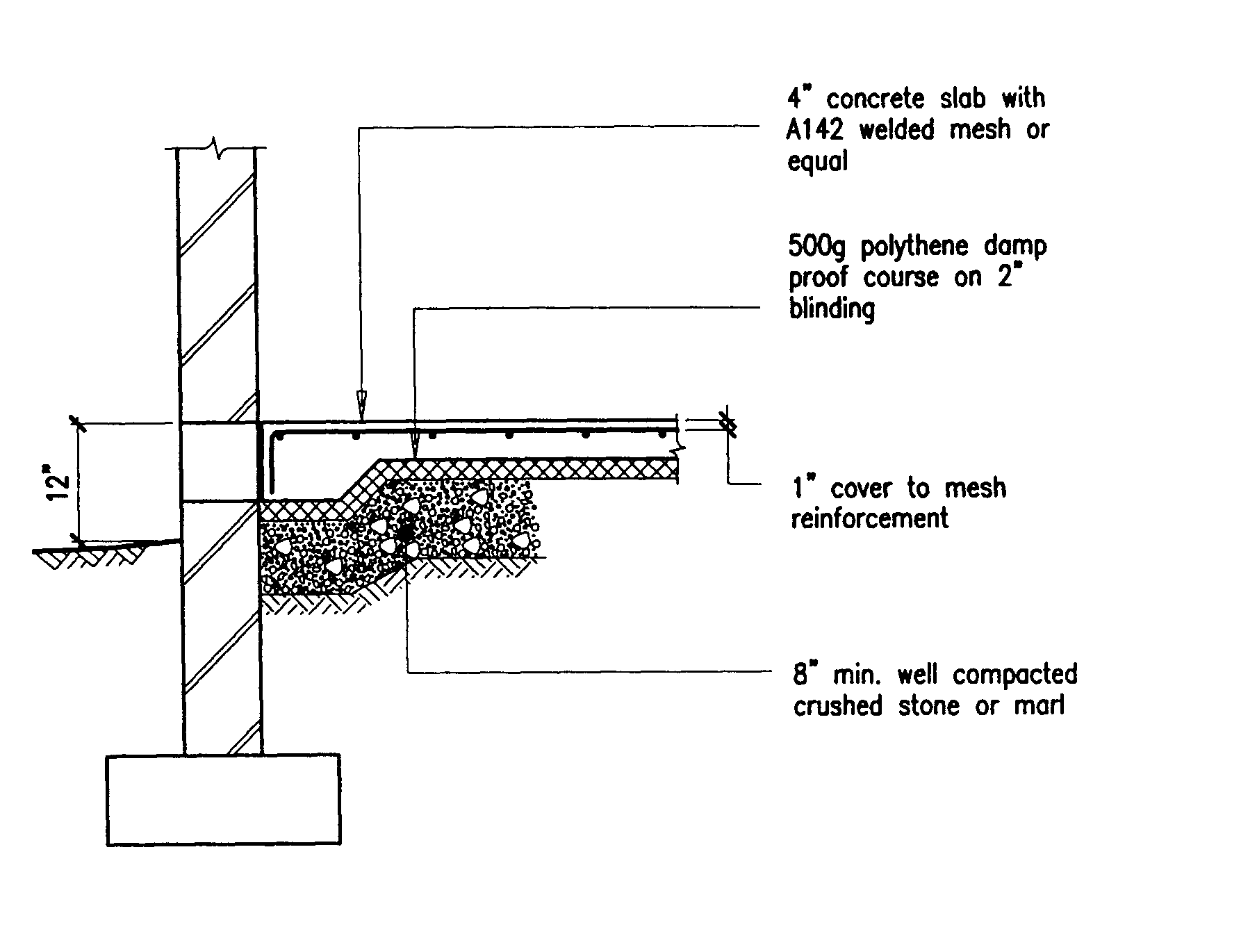



Building Guidelines Drawings Section B Concrete Construction




Suspended Floors All You Need To Know Thermohouse




5 1 7 Fill Below Floors Nhbc Standards 21 Nhbc Standards 21




Concrete Floor Slab Construction Process The Constructor




Floor Slab An Overview Sciencedirect Topics




Ground Floors Concrete And Suspended Timber Types Of




Fire Protection Of A Separating Floor Knauf Insulation




Floors
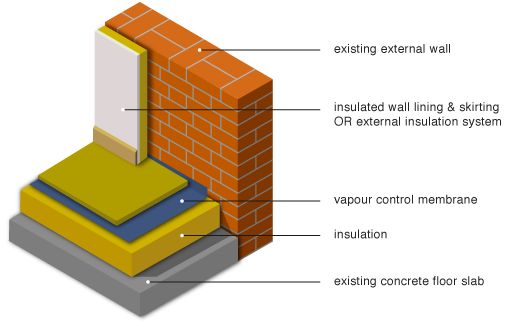



Greenspec Housing Retrofit Ground Floor Insulation
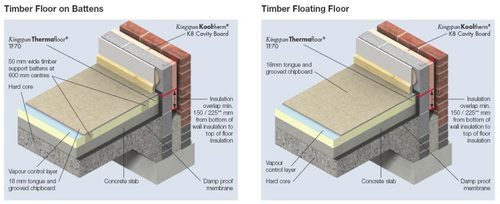



Technical Hub Insulation Boards Kingspan Ireland
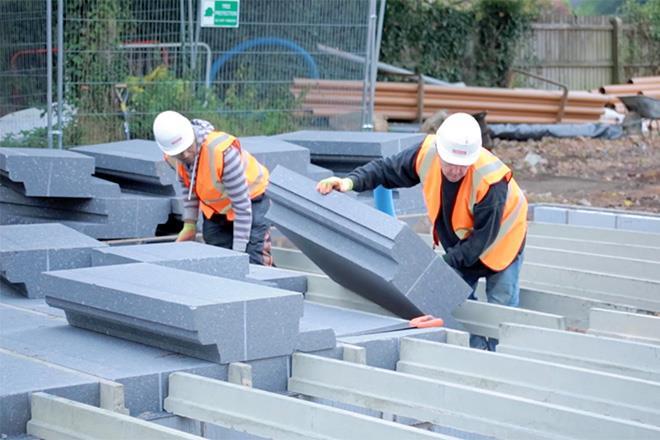



Cpd 4 17 Insulated Suspended Floor Systems Features Building Design



Building Guidelines Concrete Floors Slabs



2




Greenspec Housing Retrofit Ground Floor Insulation
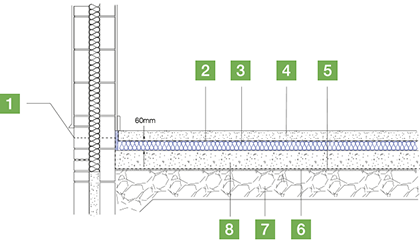



Concrete Slab Ground Floor Insulation With Walltite




Insulating Suspended Timber Floors Green Building Store
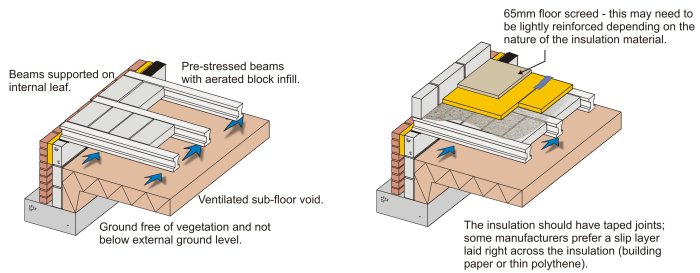



Evolution Of Building Elements




Insulation Below Suspended Timber Floors Design Guidanceballytherm Co Uk



Soundproofing Guidelines For Approved Document E Compliance
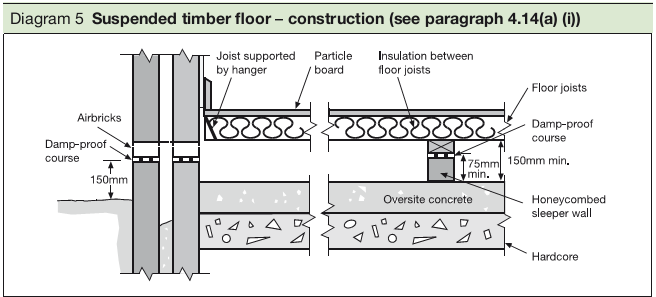



Approved Document C Free Online Version




Ground Floor Insulation Below Concrete Slab Polyfoam Xps




Floor Detail Drawings




Builder S Engineer Design Example Piled Ground Beams With Suspended Slab



2




What Is Slab Construction Types Of Slab Design What Is Floor Slab Types Of Floor Slab Concrete Slabs Thickness Prefabricated Concrete Slabs




Basic Easy How To Draw A Concrete Slab Section Detail In Autocad Tutorial Youtube



Borders Underfloor Heating Supply Underfloor Heating For Suspended Timber Floors
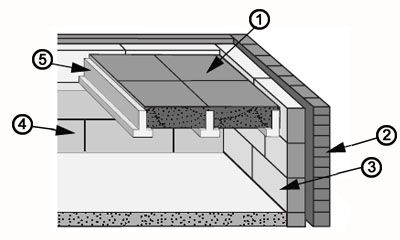



How To Choose A Floor Structure Homebuilding
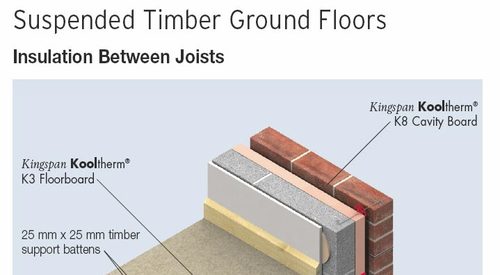



Technical Hub Insulation Boards Kingspan Ireland



2




Builder S Engineer Design Of Foundations At Pile Head
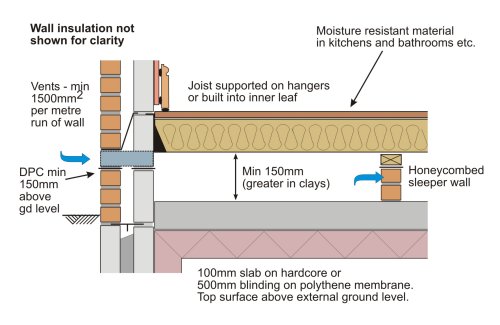



Evolution Of Building Elements



0 件のコメント:
コメントを投稿